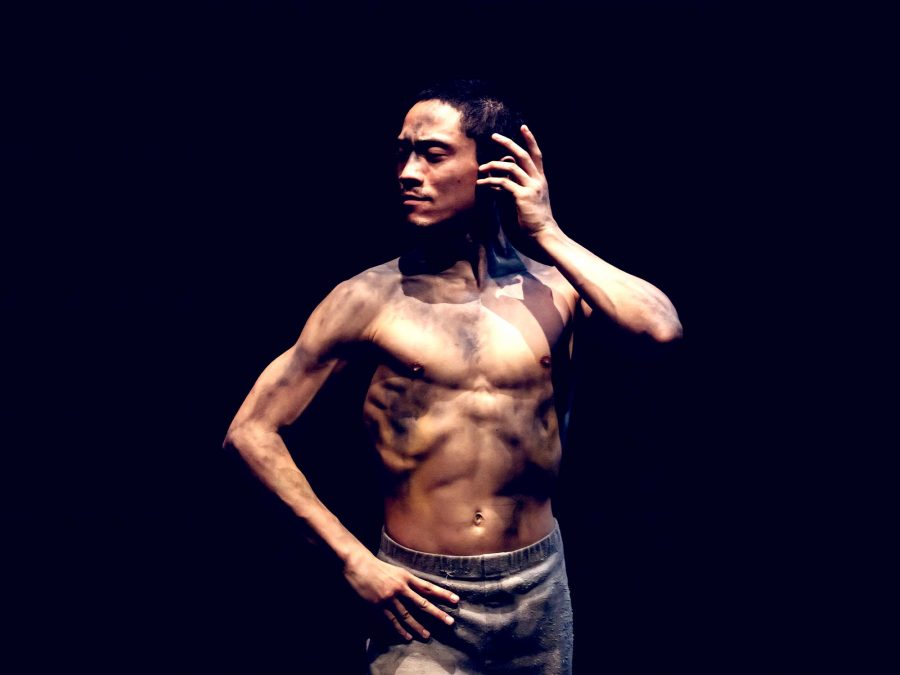Michael Powell strived throughout his career towards a concept he called “composed cinema”: the bringing together of performance, music, and image into film as a singular whole. Powell wanted to make a ‘ballet film’, as opposed to a ‘filmed ballet’, in which the cinematographic techniques of cinema do not simply record but are worked into the choreography of the dance.
Describing his new film Creature, Asif Kapadia calls it “pure cinema”: nothing more than performance, music and image. Powell often attempted to create a “composed” film, the best-known of which is 1948’s The Red Shoes, which features a 17-minute ballet sequence. The aim had originally been to make an entire film as a ballet, but it is near impossible to sell the idea to a producer that a cinema audience will embrace a total negation of dialogue.
Returning to the image-based storytelling of the silent era to some may feel like going backwards. But to Powell – and now to Kapadia – it is an enhancement of form.
In Creature, Kapadia has realised Powell’s dream of a feature-length ballet film. At 87 minutes it is still a palatable runtime for what is essentially an experiment. Complete ballets have long been recorded and exhibited in cinemas. There is demand for what is often a more accessible mode of performance. But the editing and cinematography of those streams is static and one-dimensional to mirror the eye of an objective observer.

By contrast, Creature is a collaboration between director and choreographer which unifies film and dance. The ballet itself is an original piece by Akram Khan created for English National Ballet, which has produced the film, who has choreographed some of the most radical and exciting productions in contemporary dance. It’s easy to see why the project has appealed to Kapadia, who has rarely seemed content with conventional, talking-head documentary in films such as Senna and Amy. Here he transforms the ballet live stream into a work of cinema.
Creature works so effectively because the story is a simple and ancient one of beauty falling in love with the beast. Combining Georg Büchner’s Woyzeck with Mary Shelley’s ‘Frankenstein’, Khan tells through movement a romance in a dilapidated Arctic research station between a test subject (Jeffrey Cirio) and a cleaner called Marie (Erina Takahashi) as the doctors and military at the station come between them. It’s similar to Guillermo del Toro’s The Shape of Water, which also attempted to express forbidden love and alienation through sheer bodily expression.
The creation is revolutionary. It is the work of a collective – of director Kapadia, choreographer Khan, cinematographer Daniel Landin, editor Sylvie Landra, sound designer Stephen Griffiths, and composer Vincenzo Lamagna existing as a single mass which ebbs and flows in the filmic space. It is therefore also a celebration of British diversity, of dancers and creatives with heritage from across the globe, brought together in a bold artistic front. Creature announces a new frontier for cinema.
Little White Lies is committed to championing great movies and the talented people who make them.
ANTICIPATION.
Will doc maker Asif Kapadia and choreographer Akram Khan work well together? 4
ENJOYMENT.
There are moments when music, image, and movement combine to overwhelm the senses. 5
IN RETROSPECT.
An immersive implosion of artistic forms out of which a new monster is born. 4
Directed by
Asif Kapadia
Starring
Jeffrey Cirio, Stina Quagebeur, Erina Takahashi
The post Creature appeared first on Little White Lies.
![Forest Essentials [CPV] WW](https://s3-us-west-2.amazonaws.com/pcw-uploads/logos/forest-essentials-promo-codes-coupons.png)
0 comments